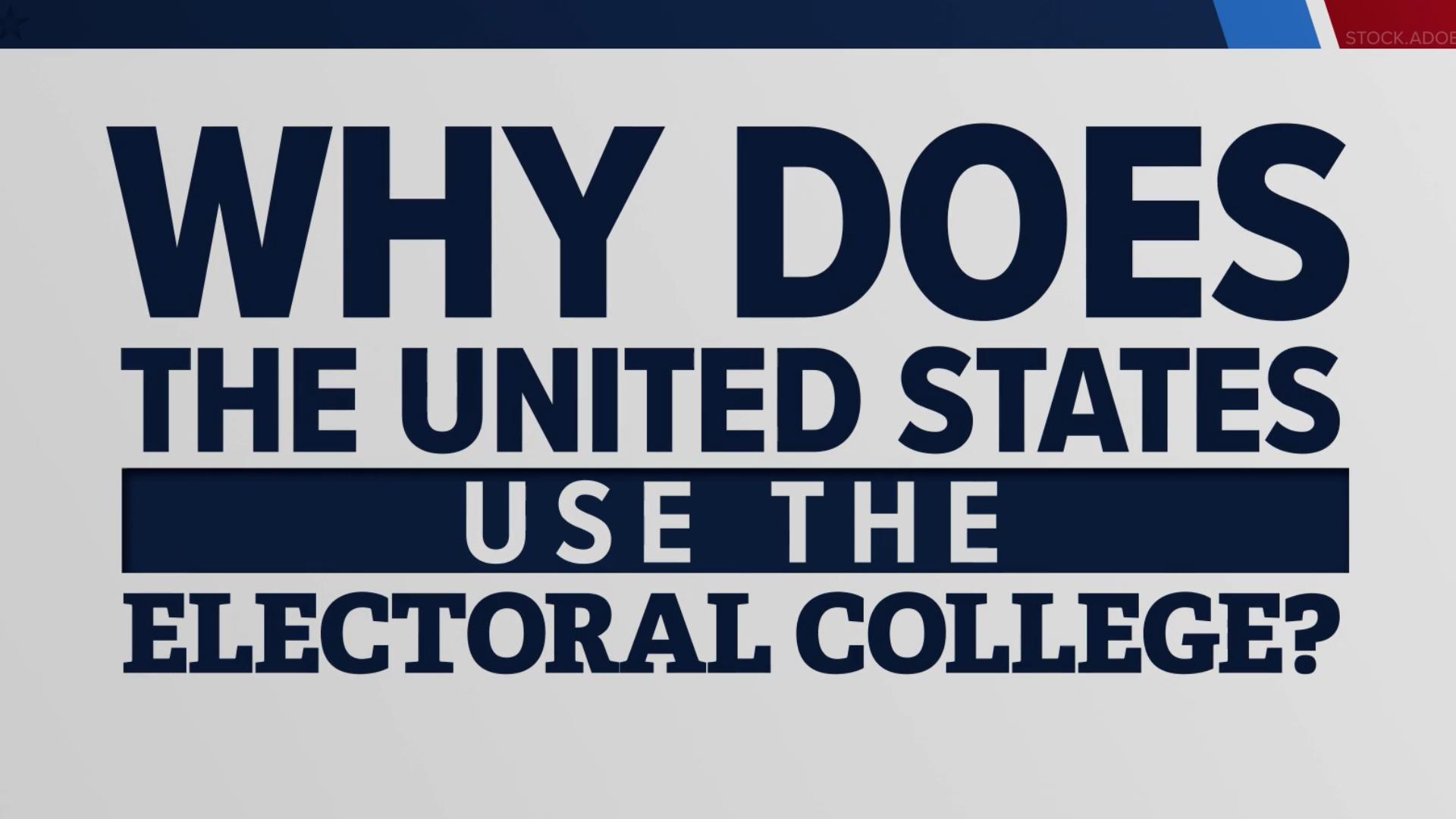WASHINGTON — While chances are slim, mathematically, there is the possibility that the presidential race between Kamala Harris and Donald Trump could end in an Electoral College tie.
A candidate needs 270 electoral votes to win the presidency, but with 538 electoral votes up for grabs, a 269-269 tie is possible. If that happens, what comes next?
What happens if the presidential election ends in an Electoral College tie?
In the case of an Electoral College tie, the newly-elected members of the House of Representatives step in to determine the winner, according to the 12th amendment. The Senate decides the vice president.
For the House vote, it's not as simple as each representative voting for their preferred candidate. Each state's House delegation receives one combined vote. The candidate who receives a majority of state votes (26) becomes the president. Currently, Republicans have a majority in 26 state House delegations and Democrats have a majority in 21. Three states are evenly split: Minnesota, Michigan and Pennsylvania.
The vice president is decided by the Senate with a simple majority vote. Each senator gets one vote.
If the House vote ends in a tie, representatives are instructed to keep at it until one state flips. If there is no decision by Inauguration Day, the vice president-elect becomes acting president until the House breaks the tie.
Could an Electoral College tie happen in 2024?
It's unlikely, but yes. According to 270toWin's tie finder, there are three feasible scenarios that end in a tie for the 2024 presidential election, when calculating different possible toss-ups of swing states and districts decided by a less than 5% margin in the 2020 election.
Those states were Arizona, Florida, Georgia, Nevada, North Carolina, Michigan, Pennsylvania and Wisconsin, most of which are considered swing states in the 2024 election.
All three tie scenarios would involve Trump winning Florida, Pennsylvania and Michigan, and Harris taking Arizona.
Has there been an Electoral College tie before?
There has never been a 269-269 tie in the race for president. But, there was an Electoral College tie 224 years ago.
Thomas Jefferson defeated Aaron Burr in 1800. Jefferson and Burr were both part of the Democratic-Republican Party and finished in a 73-73 tie before the House gave the win to Jefferson.
John Quincy Adams defeated Andrew Jackson in 1824, with both again representing the Democratic-Republican Party. Jackson had more electoral and popular votes than Adams, but neither had a majority because others also received electoral votes. The House gave the election to Adams.

